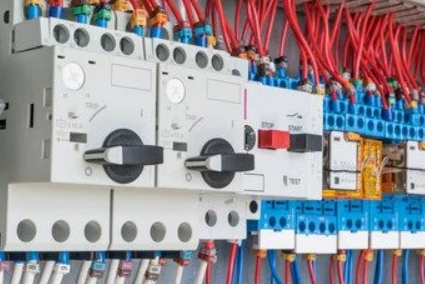
In the world of electrical circuits, the choice between using a relay or a switch can have a significant impact on the overall performance and functionality of a system. While both components serve the purpose of controlling the flow of electricity, relays offer distinct advantages that make them a preferred choice in many applications. In this article, we will delve into the advantages of using a relay rather than a switch, exploring their unique features and highlighting the benefits they bring to various industries.
- Enhanced Electrical Isolation:
One of the key advantages of using a relay is its ability to provide enhanced electrical isolation. Unlike switches, which are directly connected to the circuit they control, relays utilize an electromagnetic coil to activate a set of contacts. This isolation ensures that the control circuit and the controlled circuit remain separate, minimizing the risk of electrical interference and improving overall system reliability. This feature is particularly crucial in sensitive applications such as medical devices, industrial automation, and telecommunications. - Higher Current and Voltage Handling Capacity:
Relays are designed to handle higher current and voltage levels compared to switches. This capability makes them ideal for applications that require the control of heavy loads or high-power circuits. By utilizing a relay, engineers can effectively switch and control electrical currents that would otherwise exceed the capabilities of a standard switch. Industries such as automotive, power distribution, and HVAC systems greatly benefit from this advantage, as it allows for safe and efficient operation of their equipment. - Improved Longevity and Durability:
Relays are known for their exceptional longevity and durability, making them a reliable choice for demanding environments. Unlike switches, which can wear out over time due to mechanical wear and tear, relays rely on electromagnetic principles for operation. This design eliminates the need for physical contact between the control and controlled circuits, reducing the risk of failure and extending the lifespan of the component. This advantage is particularly valuable in applications where frequent switching or harsh operating conditions are present, such as aerospace, military, and industrial control systems. - Versatility and Flexibility:
Relays offer a high degree of versatility and flexibility in circuit design. They can be easily configured to perform various functions, such as time delay, latching, or even complex logic operations. This adaptability allows engineers to tailor the relay's behavior to specific application requirements, enhancing system performance and functionality. Additionally, relays can be combined with other components, such as diodes and transistors, to create more advanced control circuits. This versatility makes relays an indispensable tool in industries ranging from home automation to robotics.
Conclusion:
In conclusion, the advantages of using a relay rather than a switch are numerous and significant. From enhanced electrical isolation and higher current handling capacity to improved longevity and versatility, relays offer a superior solution for controlling electrical circuits in a wide range of industries. By understanding the unique features and benefits of relays, engineers can make informed decisions when designing systems, ensuring optimal performance, reliability, and safety.
